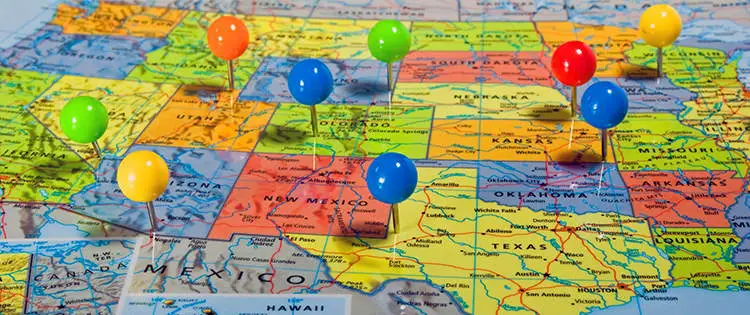The first step to self-sufficiency is starting a garden, which is why many of us have done so. Looking at the rising cost of living and the food security issues nationwide, there’s no reason not to start one.
However you may have to overcome many hurdles: strict regulations, extreme weather conditions, and sky-high costs of gardening in some states.
Let me share a few examples with you:
Alaska
Alaska has a very short growing season — no wonder they import 95% of the food they consume. Shipments from other states must travel great lengths to get food to its dispersed populations. If even one barge fails to arrive or one route is closed, Alaskans may have food shortage crisis.
Here are some reasons Alaska is the worst state to garden:
- Climate: The weather in Alaska is relentlessly cold, even during the brief summer months. The nationwide average annual temperature is 27°F, which is unsuitable for most crops.
- Regulations: The first rule for gardening in Alaska is to harden off all plants grown indoors. The process involves plants spending at least two days in complete shade, exposing them to a little over an hour of indirect sunlight for one day, then two the following, and finally half a day after that. All this is done because many plants purchased there are transported in greenhouses and have never been outside in the wind or the sun. The second Alaska gardening rule is to infect your plants with mycorrhizal fungi. These fungi live in symbiosis with plants to deliver nutrients directly to their roots. They also strengthen the soil’s structure and raise its vital carbon content.
- Expenses: Season-extending measures that you’ll take as a gardener will drain resources, making your endeavor costly.
- Soil Types: Alaska has Tanana earth, a term frequently used to describe a region with poor soil drainage and permafrost less than 5 feet below the earth’s surface.
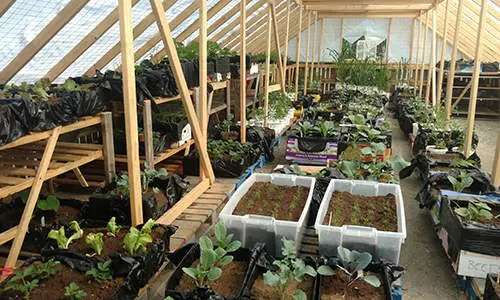
Nevada
Nevada is the opposite of Alaska. The state is dry and super-hot. Good luck trying to start a garden in such conditions.
Several reasons Nevada is a red flag for gardening include:
- Weather: Most of Nevada’s climate is arid, with hot summers and chilly winters. In the lowlands, wintertime lows typically range from 15 to 20 °F, with temperatures below 0 °F, rarely lasting longer than a few days. Nevada receives a meager 7 inches of rainfall on average per year, with most of it falling on the leeward side of the Sierra Nevada.
- Permits/HOA: The height of plants, whether your garden can extend into a neighbor’s yard, the type of fence you can have, what you can do with the grassy area between your sidewalk and the street, and if you can grow foods in your front yard are all subject to other local rules.
- Costs: Gardening in an arid climate requires shade structures, robust irrigation systems, and soil amendments, which can be costly.
- Soil Type: Nevada soils are often gravelly and poor, containing less than 1% organic matter. The pH of the soil in the state ranges from 6.5 to over 7.5, with some areas having salinity levels exceeding limits that many plants can tolerate.
Related: How to Adjust the pH in Soil and Water for Abundant Harvests
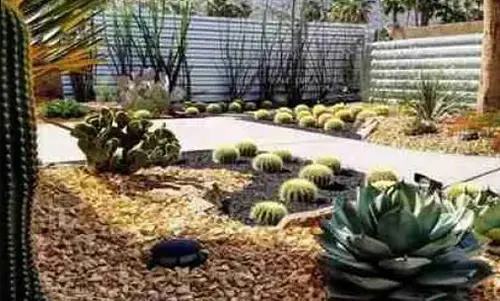
Arizona
Starting a garden in Arizona can be difficult. Principles from other climate zones, like general zone requirements and timing guidelines on seed packets, often don’t apply to gardening in Arizona.
Here’s why:
- Climate: Arizona is extremely hot. Okra, Malabar spinach, and Armenian cucumbers are the only few veggies that can withstand the heat and keep producing. The climate has low humidity levels. Cacti, succulents, and plants with waxy leaves are just a few examples of plants that have adapted to the desert’s lower humidity levels.
- Regulations: Arizona does not require a Certificate from the state of origin when importing indoor houseplants that are pest-free and in commercially prepared potting soil. All other plants must have a Certificate from the country of origin attesting to their general pest-free status and compliance with all quarantine entry regulations.
- Expenses: Maintaining a garden in a desert will mean you have to be watering constantly, drastically increasing your water bill. Your plants also need shade structures to reduce evaporation and harsh direct sunlight.
- Soil Type: Arizona has almost all soil types except tropical soils. Clay makes up a large portion of the soils, making it very alkaline. Beneath the topsoil, there’s what’s known as a caliche layer that is difficult to penetrate. The soils here are low on nutrients, requiring composted material to help the soil hold nutrients and water.
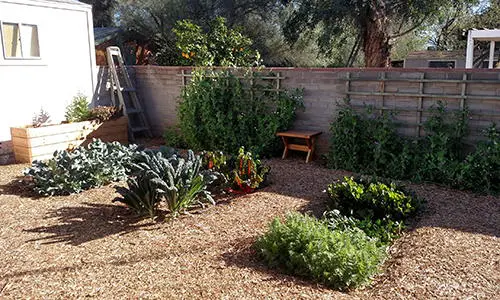
New York
Apart from extreme temperatures, high taxes and cost of living can hinder one’s goal of starting a garden. I see that in the state of New York.
- Climate: The weather in New York is categorized as humid subtropical. While the summers are warm, the winters can be icy and unbearable for most garden crops. In terms of rain, the Catskills receive the most precipitation—32 to 45 inches annually — while the Erie-Ontario Lowlands receive the least.
- Laws: All residential areas have zones that permit agricultural uses. The C7 districts are the only areas not allowed for agricultural usage, as they are designated for amusement parks. Non-commercial greenhouses are permitted in the backyard of homes in residential zones, although they can only be 15 ft. high. Additionally, greenhouses are limited to 25% of the minimum backyard. The planned greenhouse must be: (1) on the roof of a structure without residences; (2) used mostly for plant cultivation; (3) fewer than 25 ft. (7.62m) in height; (4) and primarily transparent.
- Costs: Limited space and high property costs in New York can make gardening pricier than expected.
- Soil Types: New York has productive soils, like the lime-rich glacial till, which has good drainage and not too steep terrain, perfect to start a garden. However, chemicals from past human activities, including car use, construction, manufacturing, and pesticide application, have contaminated many soils. That means you’ll have to test and amend your garden soil before you plant anything.
Related: Avoid Doing This On Your Property. It Can Get You Arrested
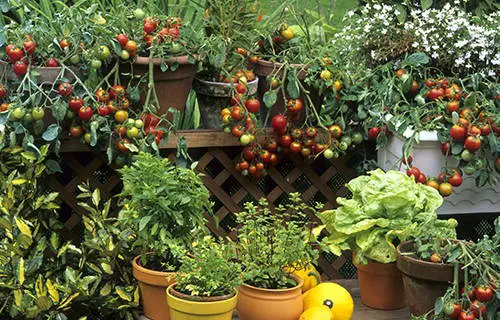
Connecticut
Like the previous state, the major turnoff for starting a garden here is the high cost of living and high taxes. So, while the land is fertile, the financial challenges can be discouraging.
Here’s a few main aspects:
- Weather: The state has unpredictable weather patterns, which include heavy rainfall and late frosts, disrupting gardening plans. Connecticut’s typical summer temperature is around 75°F, while the state’s lowest winter temperatures can reach 20°F. With roughly 50 inches of precipitation each year, it’s crucial to ensure your plants have enough drainage to prevent root rot and other problems caused by too much moisture.
- Rules/Regulations: Connecticut’s suburban landscape has strict rules and local regulations. To be on the safe side of the law, you should avoid some of these areas when considering where to put a new vegetable garden. These consist of: Areas near sheds, garages, near active roads, and areas over your septic system.
- Expenses: The state’s property taxes and land prices are high, which means if you have a low income, you’ll probably have to opt for a tiny plot and a small garden. You’ll also pay around 22% more than the national average for rent and utilities.
- Soil Types: There are three most common soils in Connecticut: Entisols, which are mineral soils that lack emetic horizons; Histosols, which are organic soils with thick layers of organic matter, and Inceptisols, which are mineral soils with lots of manganese and iron, perfect for holding water and nutrients.
Conclusion
There are people successfully gardening across most of these states. Some states are, however, genuinely easier to garden in than others.
If you don’t mind the drawbacks of gardening in these states, you too can make it work. So, which states do you think I left out?
You may also like:
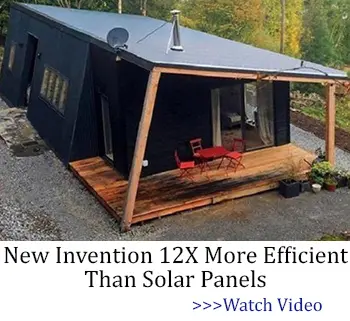 This Is Why The Government Doesn’t Want You To Be Self-Sufficient
This Is Why The Government Doesn’t Want You To Be Self-Sufficient
Cheap and Easy to Build Root Cellar in Your Own Back Yard (Video)
How A Homesteader Should Prepare For A Blackout
What To Do If You Catch Your Neighbor Snooping Around
How To Live Next To A Neighbor Who Doesn’t Share Your Political Views

